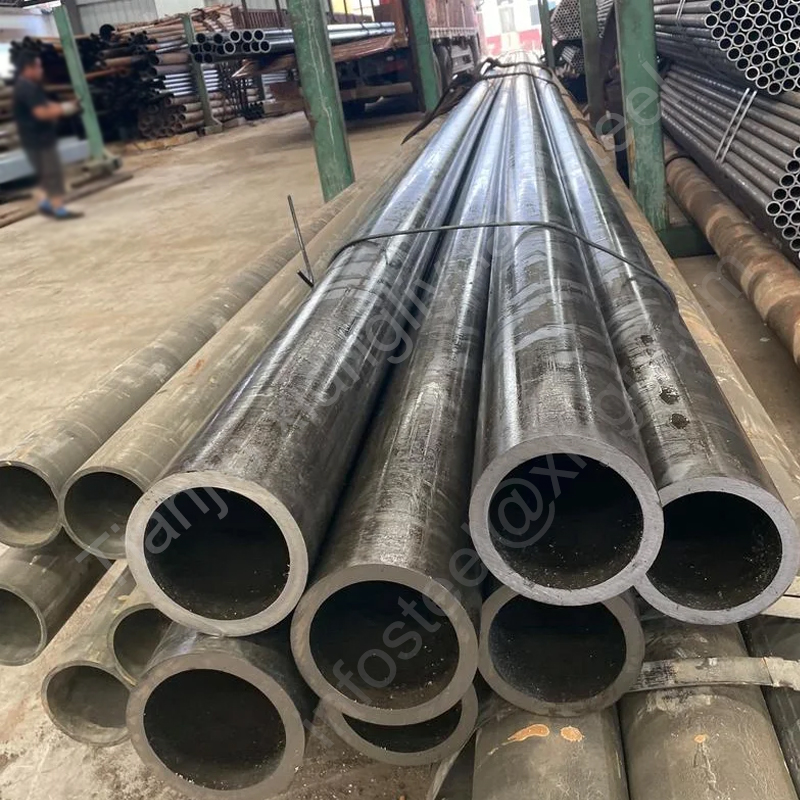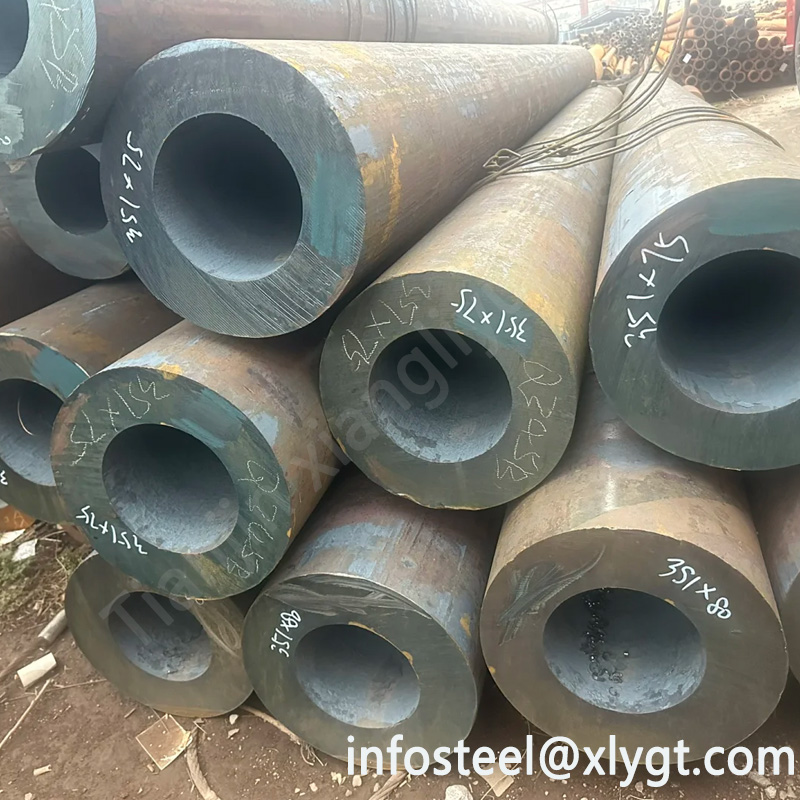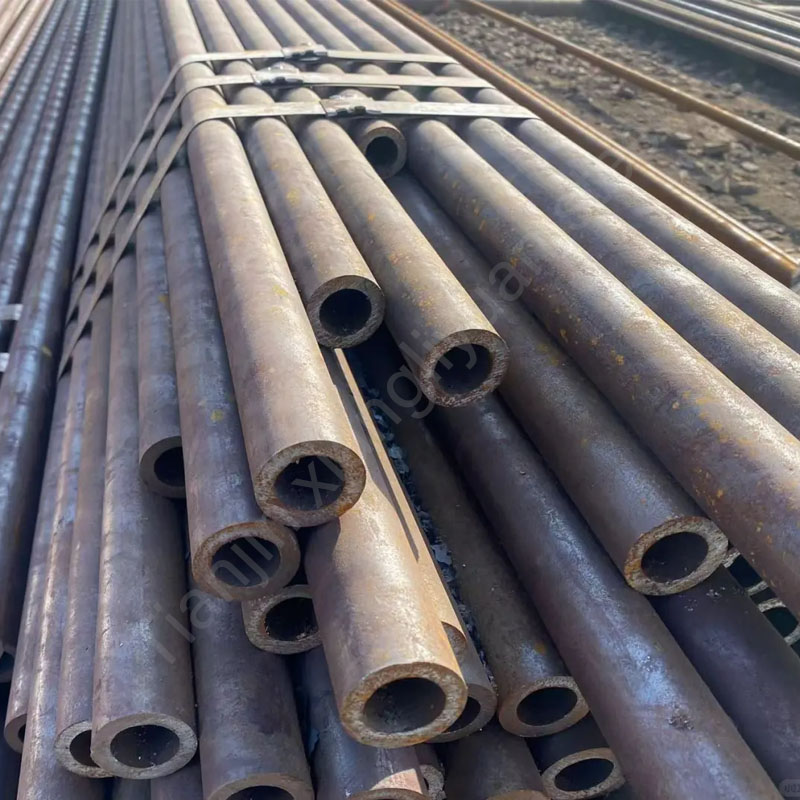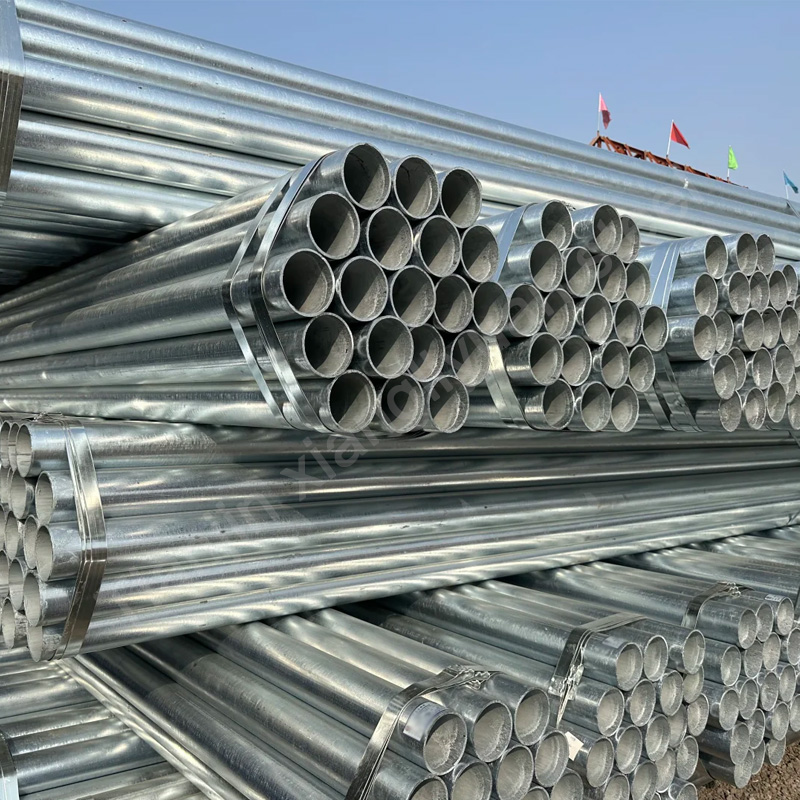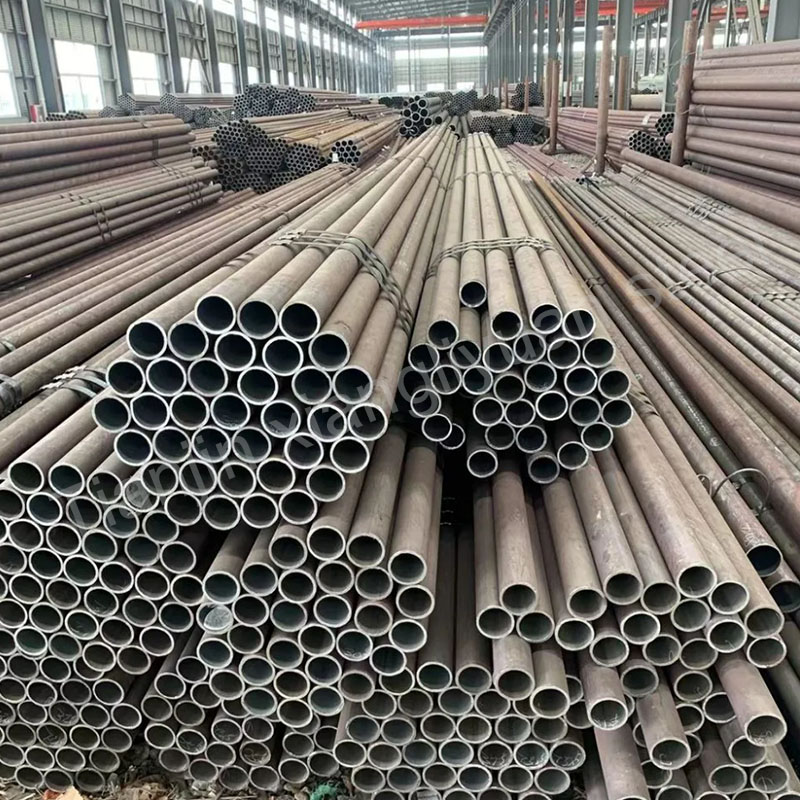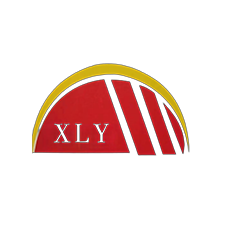Seamless steel pipe (Seamless Steel Pipe) is an indispensable basic material in modern industry. With its excellent mechanical properties, high temperature and high pressure resistance and diversified specifications, it is widely used in petrochemical, machinery manufacturing, electric power, aerospace and other fields. This article will conduct an in-depth analysis from four dimensions: common materials and steel grades of seamless steel pipes, international mainstream production standards, conventional size specifications and typical application scenarios, to help enterprises select models efficiently.
1. Detailed explanation of common materials and steel grades of seamless steel pipes
1. Carbon structural steel (Carbon Steel)
Representative steel grades:
China GB standard: 20#, 45# (carbon content is 0.2% and 0.45% respectively)
US ASTM standard: A106 Gr.B (seamless steel pipe for high temperature)
European EN standard: S355J2H (high-strength structural steel)
Features: low cost, excellent processing performance, suitable for general pressure vessels and mechanical structural parts.
2. Alloy Steel
Typical materials:
Chromium-molybdenum steel (Cr-Mo): ASTM A335 P11/P22/P91, resistant to high temperature and creep, used for boiler pipes in power plants.
Nickel-based alloys: Inconel 625, Hastelloy C276, resistant to strong corrosion, suitable for chemical and marine engineering.
Advantages: Improve corrosion resistance and high temperature strength by adding elements such as Cr, Mo, and Ni.
3. Stainless Steel
Mainstream steel grades:
Austenitic stainless steel: 304 (0Cr18Ni9), 316L (00Cr17Ni14Mo2), the first choice for the food and pharmaceutical industries.
Duplex stainless steel: 2205 (S31803), with both high strength and resistance to chloride corrosion.
Application scenarios: Harsh environments such as acid and alkali medium transportation and medical device manufacturing.
2. Comparison of international mainstream standards for seamless steel pipes
| Standard system | Typical standard number | Scope of application |
|---|---|---|
| China GB | GB/T 8163-2018 | Seamless steel pipe for fluid transportation |
| China GB | GB 9948-2013 | Seamless pipes for petroleum cracking |
| American ASTM | ASTM ASTM A106/A53 | High temperature and high pressure piping system |
| American ASTM | ASTM A335 | Ferritic alloy steel pipes for high temperature |
| European EN | EN 10216-2 | Seamless steel pipes for pressure purposes |
| Japanese JIS | JIS G3454 | STPG370 Ordinary pressure piping |
| International ISO | ISO 9329-1 | General requirements for seamless steel pipes for pressure equipment |
3. Conventional size and specification parameters of seamless steel pipes
1. Outer diameter and wall thickness range
Small diameter pipe: outer diameter 6mm-89mm, wall thickness 1mm-12mm (instrument pipeline, hydraulic system)
Medium diameter pipe: outer diameter 114mm-273mm, wall thickness 5mm-30mm (oil and gas transmission trunk line)
Large diameter pipe: outer diameter 325mm-1220mm, wall thickness 15mm-100mm (deep sea pipeline, large pressure vessel)
2. Length standard
Fixed length: 6m, 9m, 12m (for transportation and on-site construction)
Multiple length: customized cutting according to customer needs
Technical tips: Thick-walled seamless steel pipes (wall thickness/outer diameter ≥0.05) need to adopt hot rolling + cold drawing combined process to ensure accuracy.
4. Analysis of the core application areas of seamless steel pipes
1. Oil and gas industry
Application scenarios: drilling casing (API 5CT J55/N80), submarine oil pipeline (X65/X70 high steel grade)
Performance requirements: resistance to hydrogen sulfide corrosion, low temperature toughness, resistance to high pressure deformation
2. Electric power and energy field
Boiler pipe: ASTM A213 T11/T22 (main steam pipe of supercritical unit)
Heat exchanger tube: SA-179 (cold-drawn precision tube for condenser)
3. Machinery manufacturing and automobile industry
Hydraulic support pipe: 27SiMn (high bending strength, coal mine hydraulic support)
Bearing sleeve: GCr15 (high carbon chromium steel, excellent wear resistance)
4. Chemical equipment
Urea grade stainless steel pipe: 316L Mod (ultra-low carbon + nitrogen strengthening, resistant to intergranular corrosion)
Duplex steel reactor tube: S32205 (preferred material in chloride ion environment)
V. 5 key factors for purchasing seamless steel pipes
Media compatibility: Stainless steel or nickel-based alloys should be used for acidic media
Temperature and pressure level: Cr-Mo alloy steel is preferred for high temperature conditions
Certification compliance: Whether it has API 5L/CE/PED and other mandatory certifications
Surface treatment process: pickling, sandblasting, galvanizing, etc. affect corrosion resistance
Supplier qualifications: Whether it has large-scale project supply experience and quality traceability system
VI. Outlook on the trend of seamless steel pipe industry
With the acceleration of global energy transformation, high-strength pipes for shale gas development, LNG ultra-low temperature steel pipes (-196℃ service), and hydrogen embrittlement-resistant materials for hydrogen energy transportation have become research and development hotspots. At the same time, digital technology promotes the upgrading of steel pipe manufacturing to intelligence and greenness. For example, the application of technologies such as laser online thickness measurement and AI defect detection has significantly improved product consistency.
About Us
As a seamless steel pipe solution provider with more than 10 years of experience, Tianjin Xiangliyuan Steel Co., Ltd. provides ASTM/EN/JIS/GB full standard certified products, supports non-standard customization and global logistics distribution. Click to view or contact an engineer for free selection guidance.

